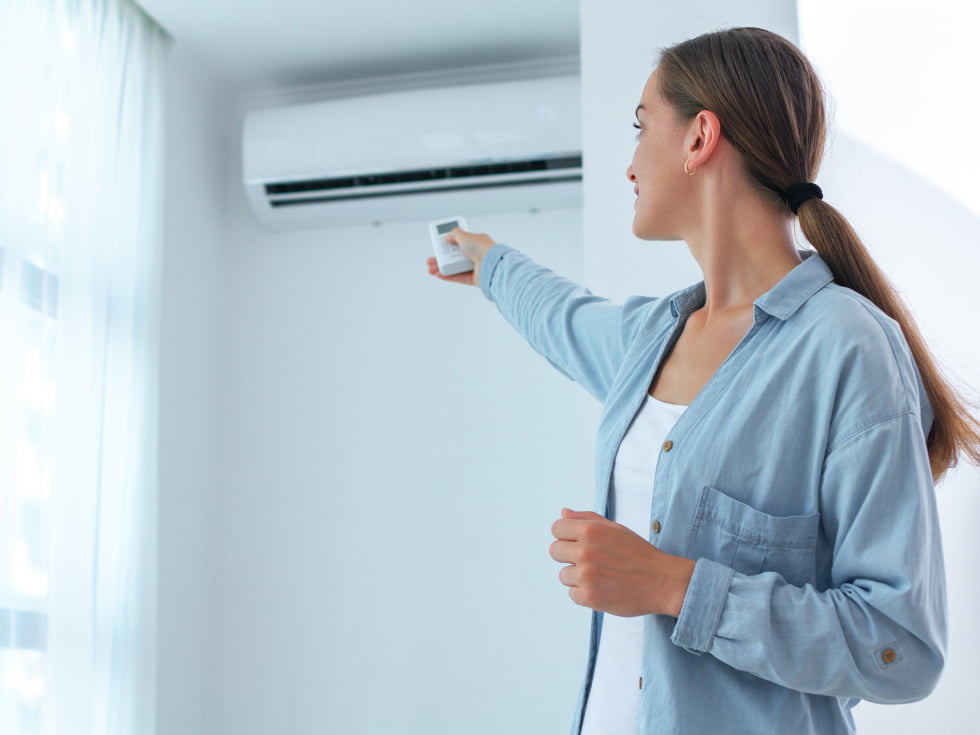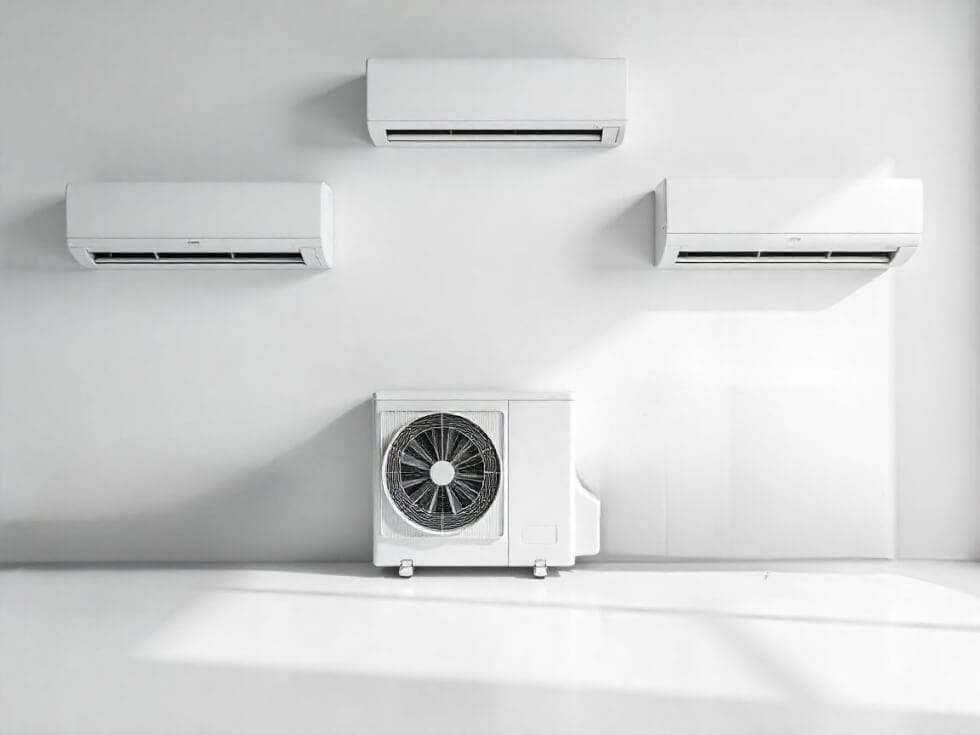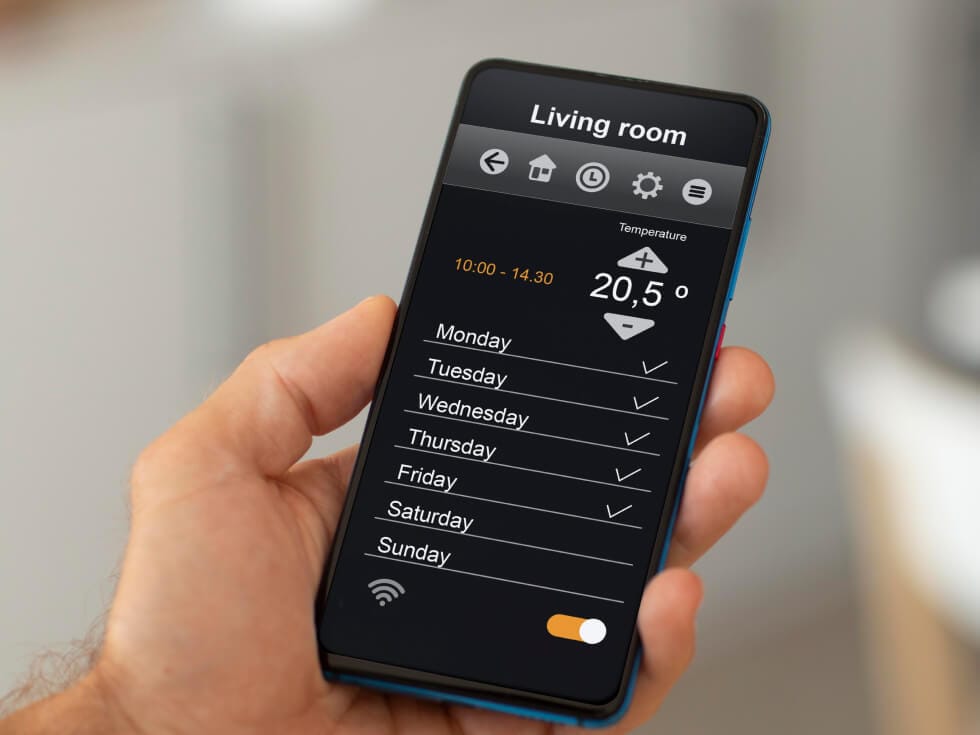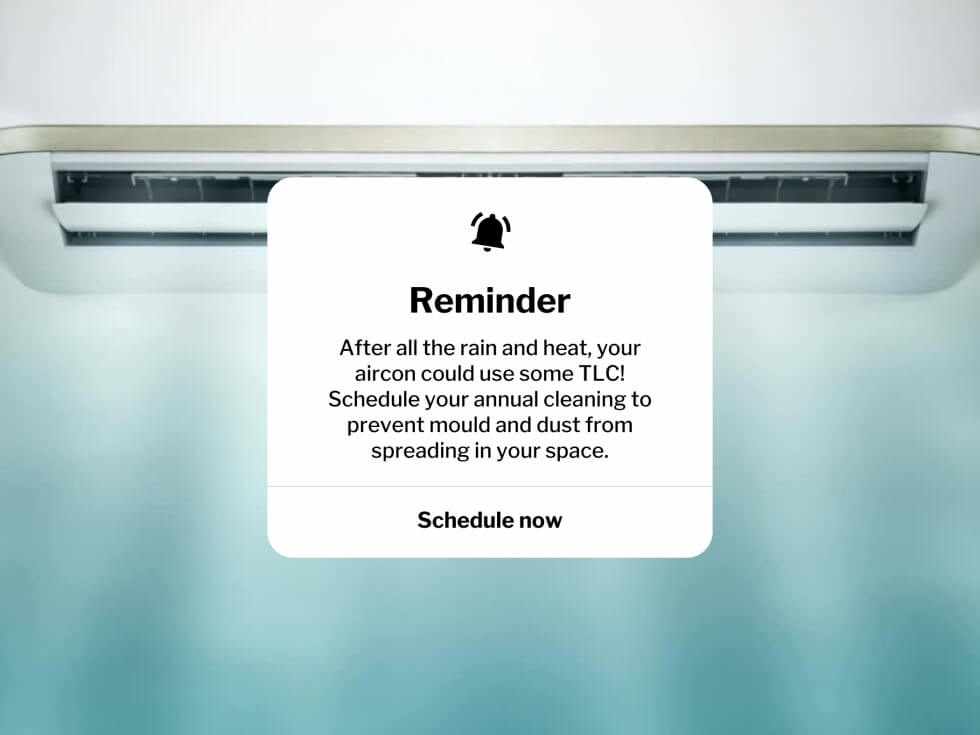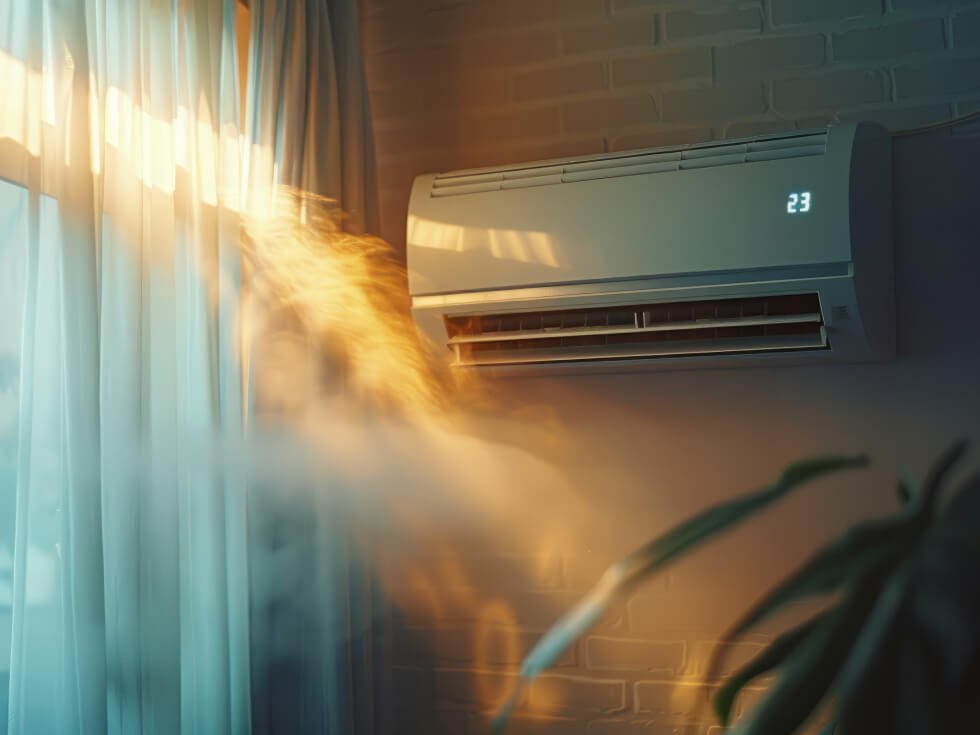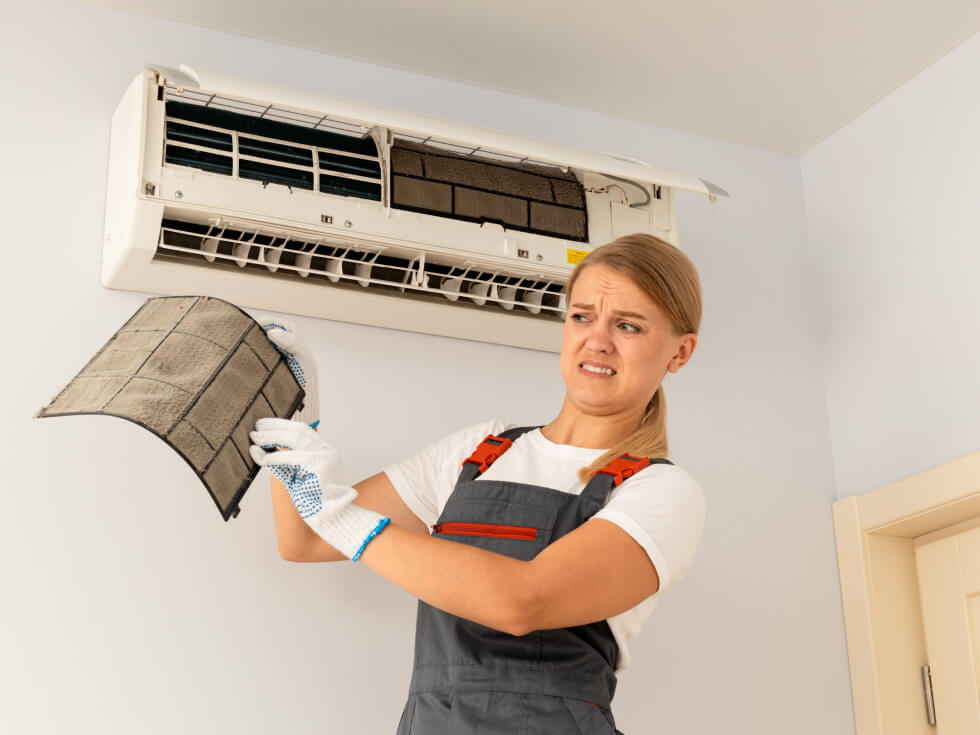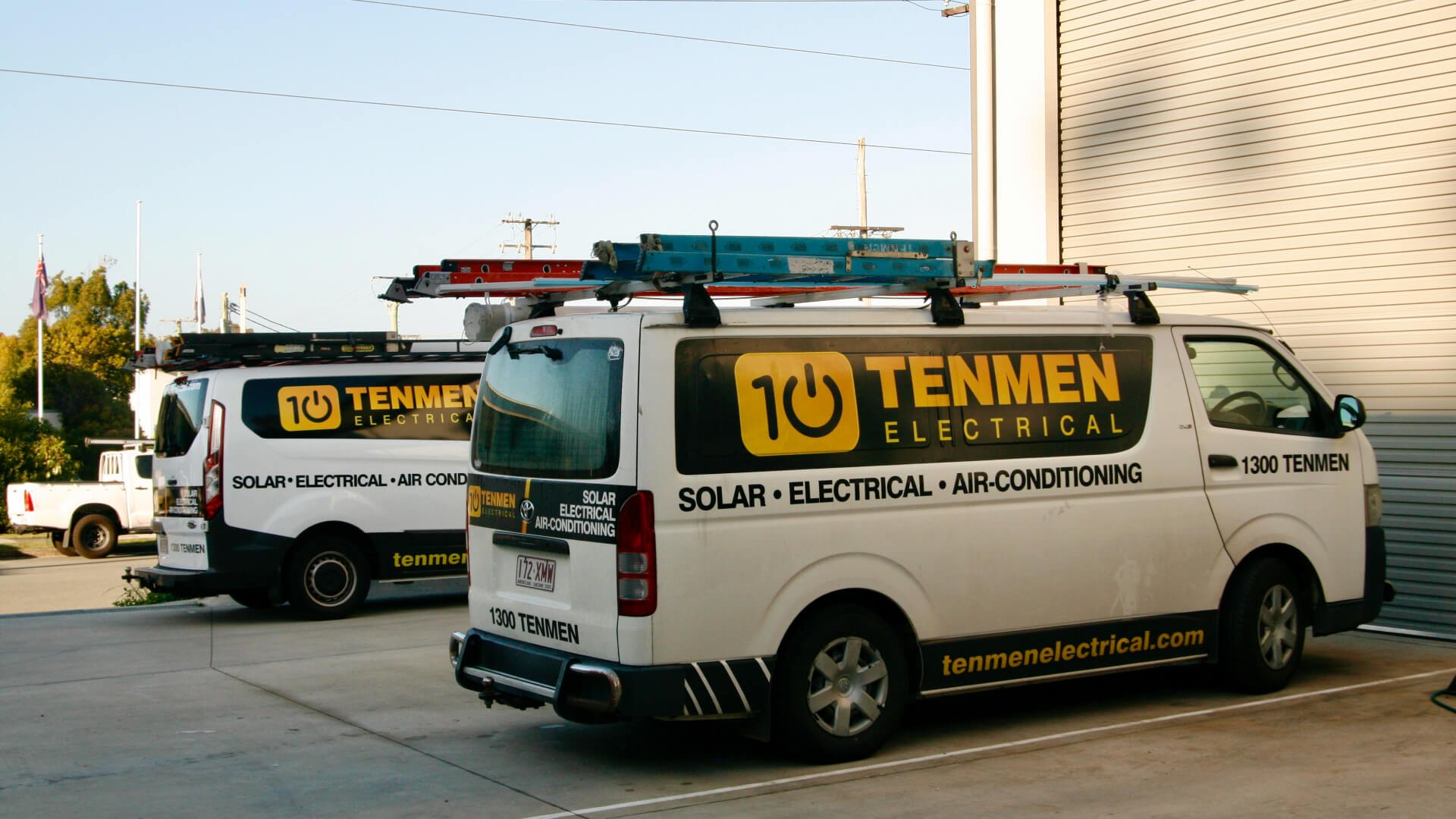When it comes to selecting the right air conditioning system for your home or office, the debate between split systems and multi-head air conditioners is a common consideration. In this comprehensive guide, we will explore the benefits and drawbacks of both options and shed light on why split systems are often the preferred choice.
Understanding the Basics: Split Systems vs. Multi-Head Units
Split Systems: Split system air conditioners consist of two main components – an indoor unit and an outdoor condenser. This setup allows for targeted cooling in individual rooms or specific zones within a property. The simplicity of design contributes to ease of installation and maintenance.
Multi-Head Units: Multi-head air conditioners, on the other hand, involve multiple indoor units connected to a single central outdoor unit. While this setup offers simultaneous cooling for various areas, it introduces complexities in terms of installation, cost, and maintenance.
Cost Considerations: The Illusion of Savings with Multi-Head Units
At first glance, the idea of sharing one outdoor unit for multiple indoor units might suggest cost savings. However, this can be deceptive. In reality, manufacturers often charge more for the central outdoor unit in multi-head systems, offsetting any perceived financial advantage.
Installation Complexities: Scattered Units vs. Centralized Design
One of the notable drawbacks of multi-head units lies in the installation process. With indoor units scattered throughout the house, extensive pipe work is required to connect them to the central outdoor unit. This complexity not only increases installation costs but also introduces challenges in creating an efficient and well-integrated system.
Maintenance and Faults: The Domino Effect in Multi-Head Systems
Maintenance and fault finding become more intricate with multi-head units. In the event of an issue, it’s not confined to a single unit. Instead, problems in one unit can cascade to affect all connected units. This domino effect complicates fault diagnosis and may leave users with a situation where none of their air conditioning units are functioning correctly.
The Case for Split Systems: Simplicity and Cost-Effectiveness
For the majority of users, a regular split system often proves to be the better option. The reasons are clear:
- Cost-Effectiveness: The upfront costs of split systems are generally lower. The simpler design and installation process contribute to these savings.
- Simpler Installation: With only two main components, the installation of split systems is more straightforward. The centralized nature of the system reduces the need for extensive pipe work.
- Maintenance Simplicity: The fewer components and units in split systems make maintenance and fault finding simpler. Issues are confined to individual units, minimizing the impact on the entire system.
Conclusion: Making an Informed Decision
Ultimately, choosing between a split system and a multi-head air conditioner involves considering various factors like cooling requirements, budget, aesthetics, energy efficiency, noise levels, and maintenance needs. While multi-head systems have their advantages, split systems frequently emerge as the preferred choice for those prioritizing cost-effectiveness, straightforward installation, and hassle-free maintenance.
However, personal preferences, space requirements, and specific cooling needs should all factor into the decision-making process. Consider consulting with an air conditioning expert to determine the best fit for your space and preferences.
Contact us today and book a free consultation to make sure you get the right system for your needs!

